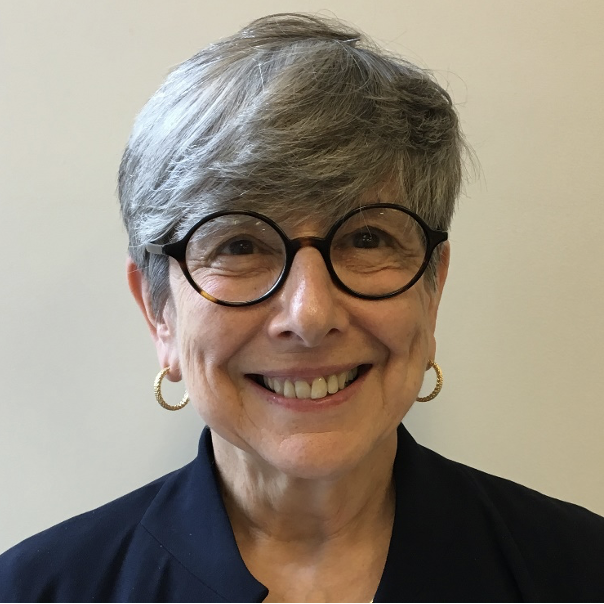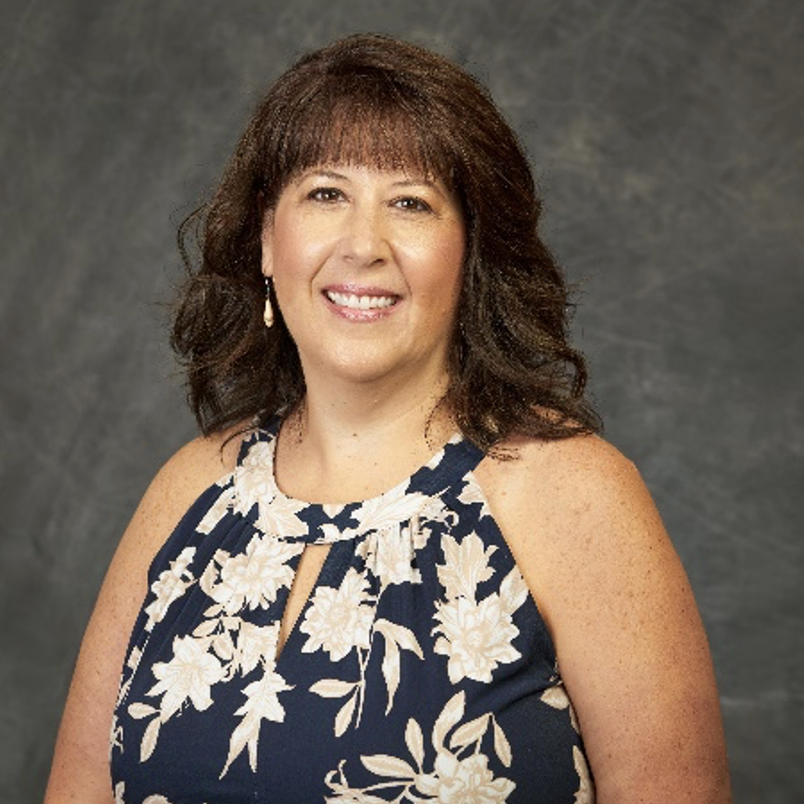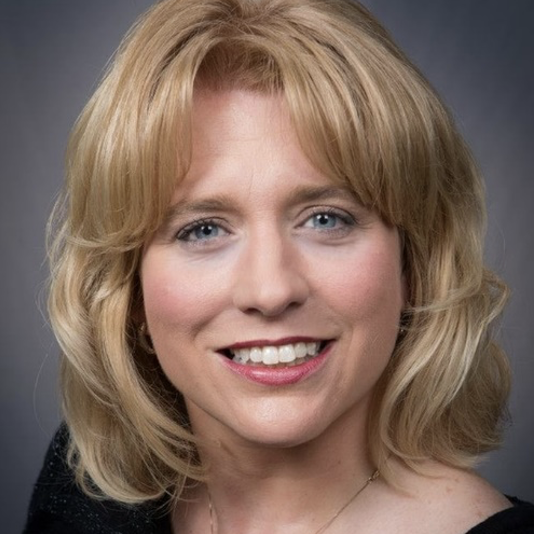EVENT
Workforce Development: Diversity, Recruitment, Training, & Retention
Highlights and Replay of Our Dec. 8 Community Healthcare Conversation
New York faces both an urgent need to fill over 9,000 nursing job openings, as well as a long-term shortage of 39,000 nurses by 2030. At the same time, only 12 percent of physicians represent the growing Black and Hispanic communities in New York. Recognizing the need to bolster, sustain, and diversify the state’s healthcare workforce, last week we hosted our final Community Healthcare Conversation of the year on “Workforce Development: Diversity, Recruitment, Training & Retention.”
The conversation featured three expert panelists from grantee organizations, each of which offer unique initiatives to address the State’s healthcare workforce needs:
- Jo Wiederhorn, President and Chief Executive Officer at Associated Medical Schools of New York
- JoAnn Racino, Director of Community Health & Clinical Education Program, Nascentia Health
- Donna Kahm, President and CEO at Southern Tier Health Care System Inc.

Associated Medical Schools of New York (AMSNY) represents 17 medical schools and oversees 13 diversity-in-medicine programs. Since 1985, the organization’s diversity programs have seen 800 now practicing physicians through medical school. “The intent of our programming is to get students interested in medicine, remove some of the barriers that prevent them from attending medical school and provide them with mentorship and resources to carry them through,” said Jo Wiederhorn, President and Chief Executive Officer.
AMSNY offers five post-baccalaureate programs to improve access and opportunities for students. A new initiative called Medical Application Preparation to Success (“MAP to Success”) will increase outreach to D1 and D2 male athletes to address the dearth of Black male physicians in New York. Because athletes are well-equipped with a strong work ethic and goal-oriented mindset, the program will guide students through the post-baccalaureate program and provide mentorship resources to encourage them on their journey.

For over 130 years, Nascentia Health in Syracuse has envisioned a “healthcare system without walls,” improving training and opportunities for homecare nurses. Its unique nurse residency program injects the social determinants of health into its curriculum, so nurses have an understanding of how a person’s socioeconomic circumstances can affect their health outcomes and disease progression. To ensure homecare nurses have a community behind them, each resident is paired with a preceptor and mentor that makes homecare work less lonely, boosting retention.

Southern Tier Health Care System Inc. addresses the unique recruitment needs of rural counties in New York. Given the shortage of EMT professionals in rural communities, the organization started a six-week intensive training program to remove barriers to schooling and increase interest in healthcare professions. The program engages young adults between 18-27 who are underemployed and unemployed and partners with local hospitals and municipalities to ensure students are offered engaging clinical opportunities. “In rural communities, if you don’t collaborate, you don’t get much done,” said Donna Kahm, President and CEO. With the support of the Foundation, Kahm and her team expanded the program to include specific EMT training for mental health and substance abuse issues, as well as soft-skills in communication and teamwork. The no-cost program allows students to fully dedicate themselves and already has led to 30 new EMTs in rural areas.
AMSNY, Nascentia Health and Southern Tier Healthcare System Inc. are each taking a unique approach to dismantle barriers to accessing the medical field and ensuring students and professionals are offered guidance throughout their academic and career journeys. As we enter a new year, we’ll continue to advance discussions around workforce development and boost efforts to expand and support New York’s healthcare workers.
We’re appreciative of all those who attended this Fall’s Community Healthcare Conversations. Sign up for our email list to learn more about future events here.
To learn more about Associated Medical Schools of New York, visit their website here.
To learn more about Nascentia Health’s programs, visit their website here.
To learn more about Southern Tier Healthcare System’s EMT training program, visit their website here.
